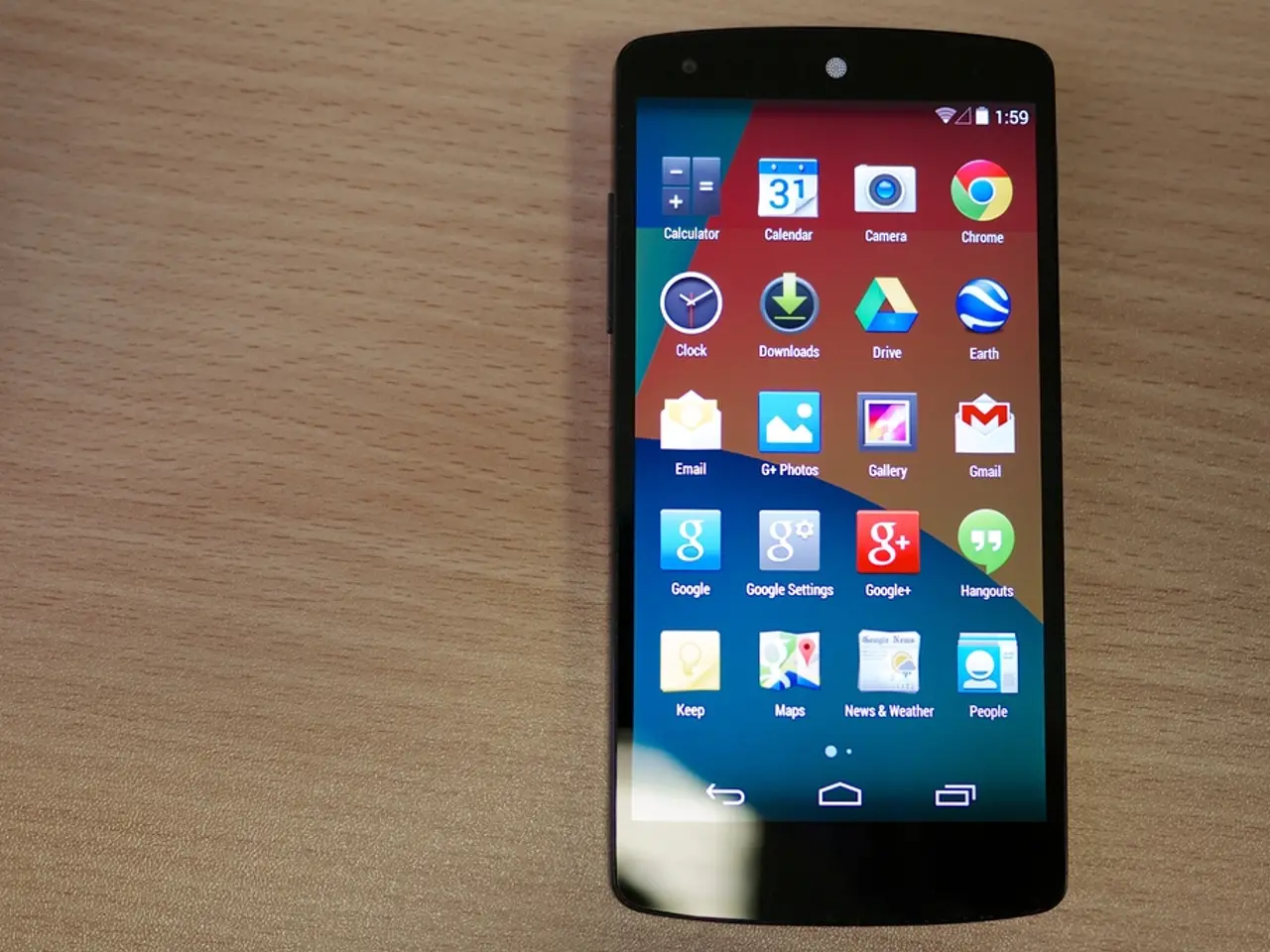A straightforward procedure for accomplishing it without needing programming skills
In today's digital age, businesses are increasingly recognising the importance of having a mobile presence. For those who already have a website, converting it into a native mobile app without coding can be an attractive option. This article presents a step-by-step guide on how to achieve this using no-code app builders.
1. Define Your App’s Purpose and Features
Before you start, decide which parts of your website you want in the app, such as a product catalog, blog, or user login. Determine if your app will be a simple wrapper of your website or offer additional native features like push notifications or offline access.
2. Select a No-Code Mobile App Builder
Choose a platform that allows you to create native iOS and Android apps without coding. Some popular options include AppMachine, BuildFire, FlutterFlow, and Appy Pie. Each has its unique features, so select one that best suits your needs.
3. Sign Up and Set Up Your Project on the Chosen Platform
Create an account and start a new app project. Choose a template that matches your website’s style or business type, such as eCommerce, news, or community.
4. Import or Link Your Website Content
Many builders let you connect your app to your website data via APIs, RSS feeds, or spreadsheets (Google Sheets, Excel). This ensures your app content stays synced with your website.
5. Customise the App Design
Use drag-and-drop or click-to-edit tools to customise colours, logos, fonts, navigation menus, and the home screen. Add native features like push notifications, contact forms, or maps if supported.
6. Test Your App Live
Preview your app on a real device using the builder’s live testing tool. Check for bugs, content accuracy, and user experience.
7. Prepare for Launch
Follow the builder’s instructions to generate the app packages for iOS (IPA) and Android (APK). Most platforms guide you through the app store submission process (Apple App Store and Google Play Store).
8. Publish Your App
Submit your app with proper metadata (app name, description, screenshots). Wait for approval from app stores (usually a few days).
9. Maintain and Update Your App
Use the platform’s dashboard to push updates and sync content from your website to the app. Engage users via notifications and gather feedback for improvements.
Recommended No-Code Tools for Your Website-to-App Conversion
| Tool | Key Features | Best For | Ease of Use | |----------------|------------------------------------------------------------|----------------------------------------|-----------------------| | **AppMachine** | Drag-and-drop, Excel/Google Sheets integration, real-time preview | Simple, content-driven business apps | Very easy | | **BuildFire** | Click-to-edit, plugin marketplace, social media integration | Customizable eCommerce and service apps | Easy | | **FlutterFlow**| Visual UI design with Flutter code generation, Firebase integration | Apps requiring native performance and exportable code | Moderate (learning curve) | | **Appy Pie** | Intuitive builder for native iOS/Android apps | Beginners wanting quick app creation | Very easy |
Additional Tips
- If your site is dynamic and content-heavy, consider platforms that can link directly to your site's backend or API. - For a faster solution, you might also create a Progressive Web App (PWA) that acts like an app but is accessed via browsers. However, PWAs have limited native features. - Some platforms offer free trials, allowing you to test the app creation flow before committing.
In conclusion, no programming knowledge is needed when you use modern no-code app builders like AppMachine or BuildFire. These tools provide drag-and-drop interfaces, content syncing, and app publishing support so you can convert your website into a fully functional native mobile app in a matter of hours or days[1][2][3][4]. Platforms like AppMySite offer sustainable plans that allow creating apps for both Android and iOS without writing a single line of code.
- To ensure your mobile app offers a unique and valuable experience to users, consider incorporating artificial-intelligence-driven features, such as chatbots or prediction algorithms, to enhance user engagement and improve the overall app functionality.
- As your mobile app evolves, consider integrating it with the latest gadgets and technology, like Google's ARCore or Apple's ARKit, to deliver immersive experiences and create a competitive edge in the market. For example, you could create an augmented reality shopping experience that allows customers to virtually try on clothes before purchasing them.





